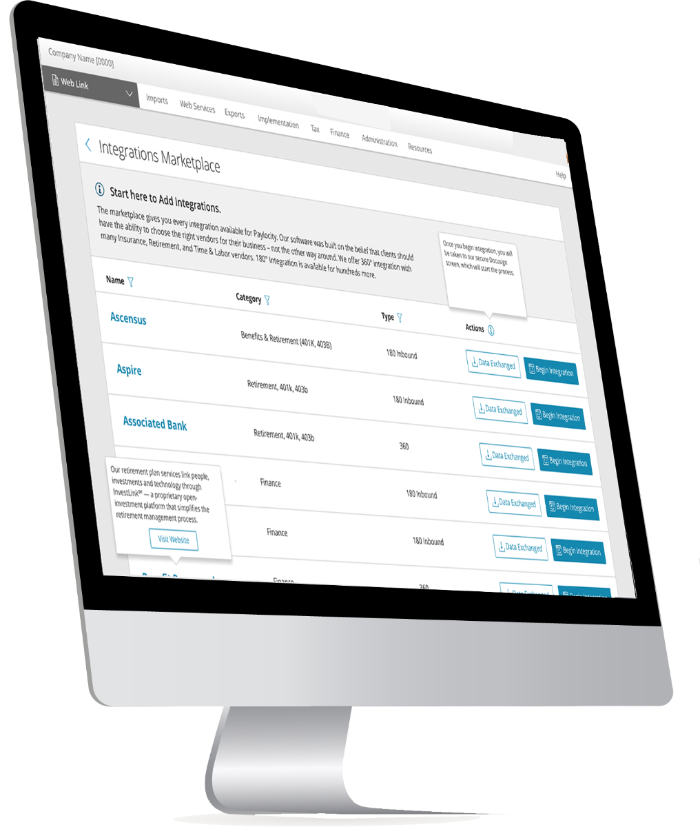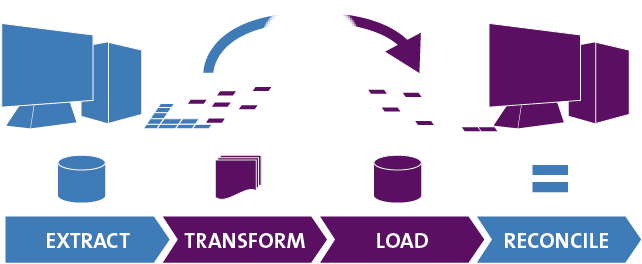The driver for data migration is often based on the business decision to modify the ERP landscape. Apart from the necessity and the complexity involved, data migration is a value adding activity for your organization. It is pivotal to take the time to consider the factors that play a role in determining the most suitable migration approach. Data migration costs, system performance, outage duration, data volume, data quality, data retention and the enablement of new system functionality are all factors to take into consideration when choosing your migration approach.
It is worth mentioning that data migrations are always complex in their nature. It is of critical importance to design internal controls that provide assurance regarding completeness and accuracy of the data selected for migration. A solid and extensive data reconciliation framework including checks and balances is of crucial importance in order to verify the completeness and accuracy of the migrated data. Based on our experience, data migration consumes on average 15-25% of the project implementation budget.
System Benefits
Additional cost drivers for data migration are the setup of data migration logic, conversion logic and reconciliation scripts. This setup is required to assure the completeness and accuracy of the migrated dataset. This setup covers:
TRANSACTION DRIVEN MIGRATION APPROACH
In the transaction driven approach the migrated dataset is often limited to active data. The active dataset is extracted from the legacy system and converted into load files. These load files can be uploaded with use of standard load programs or API’s provided by the ERP system. By making use of the standard load programs, transactions are processed in the system as if they are new transactions. This approach leverages functional consistency and completeness checks embedded in the ERP system/load programs.
As a consequence of the transaction driven approach, a data warehouse must serve as a data repository for historic data instead of the new ERP system. This approach also makes it necessary for the customer to maintain the legacy system in read-only mode after go-live in order to comply with local legislation on data retention timelines. However, we see that the need for maintaining the legacy system after go-live, decreases rapidly over time. After one year, the average system usage is generally restricted to one or two users for ad-hoc system requests.
With regard to data quality, the new ERP system requires proper data quality before any migration activity. This requires an intensive data cleansing process and in some cases housekeeping activities (examples: clearing of open items and/or enriching master data in the legacy system). The inherent advantage of limiting the migrated data to active data is that the scope of cleansing activities is limited to the boundaries of the selected dataset for migration
TABLE DRIVEN MIGRATION APPROACH
The alternative to a transaction driven migration approach is a table driven data migration approach. In this approach all the tables in the legacy system are migrated and mapped one-to-one to the tables of the new ERP system. However, this approach is restricted to migrations within the same ERP vendors, as table structures need to be aligned between the source and target system. These table structures and their referential integrity are key complexity factors inherent to the table driven approach. In the table driven approach, historic data residing in the legacy system is migrated completely (with no selection criteria) to the new ERP system.
A table driven data migration approach also requires different types of checks on the completeness and accuracy of data. Consistency checks need to be built into the migration tooling, to assess data consistency between tables and data objects before loading. As data was not validated via ERP embedded functionality, measures needed to be taken to overcome potential data inconsistency. All of these measures create the necessity for a data reconciliation framework that includes checks and balances to verify the completeness and accuracy of the migrated data.
Due to the intensity of this data migration effort and to not complicate the data migration further, no significant functional improvements were made at the client during the migration project itself. The client has initiated an additional improvement program (which the migration to the S/4 HANA platform is a pre-requisite of) to get the full benefits from their new ERP system. This additional 3-year program will facilitate the functional improvements which are ready for implementation on the new platform. A full redesign of the SAP business processes (end-to-end) is an example of these functional improvements at our client that will be performed after migration to the S/4 HANA platform.
DATA MIGRATION AS AN ENABLER FOR ORGANIZATIONAL GROWTH
Designing and performing a solid data migration process is state of art and requires highly skilled personnel and mature processes at a minimum. Recognizing the importance and complexity of data migration and acting accordingly is a must for executives who want to be in ‘control’ of their professional company. It is important that data migration should not be seen as solely an IT function but also (and more heavily) a business requirement that has a significant impact on a company’s daily business.
Excel3 Data migration technique in various ways:
- Data Modeling: identification and mapping of data relationships (referential integrity) as a result of the data landscape exposure
- Data Governance: appointment of data owners and associated roles and responsibilities.
- Efficiency: less idle search time and a lower data footprint as a result of the (partly) renewed IT architecture.
With regard to the transaction driven and table driven approaches for data migration that are outlined in this article, there is no ‘best option’ as the two approaches differ significantly in complexity and cost. Organization specific needs and complexity are key in determining which data migration approach to pursue. In all cases, data migration can be considered as an enabler for growth with a positive impact on organizational efficiency, data governance and regulatory compliance.


